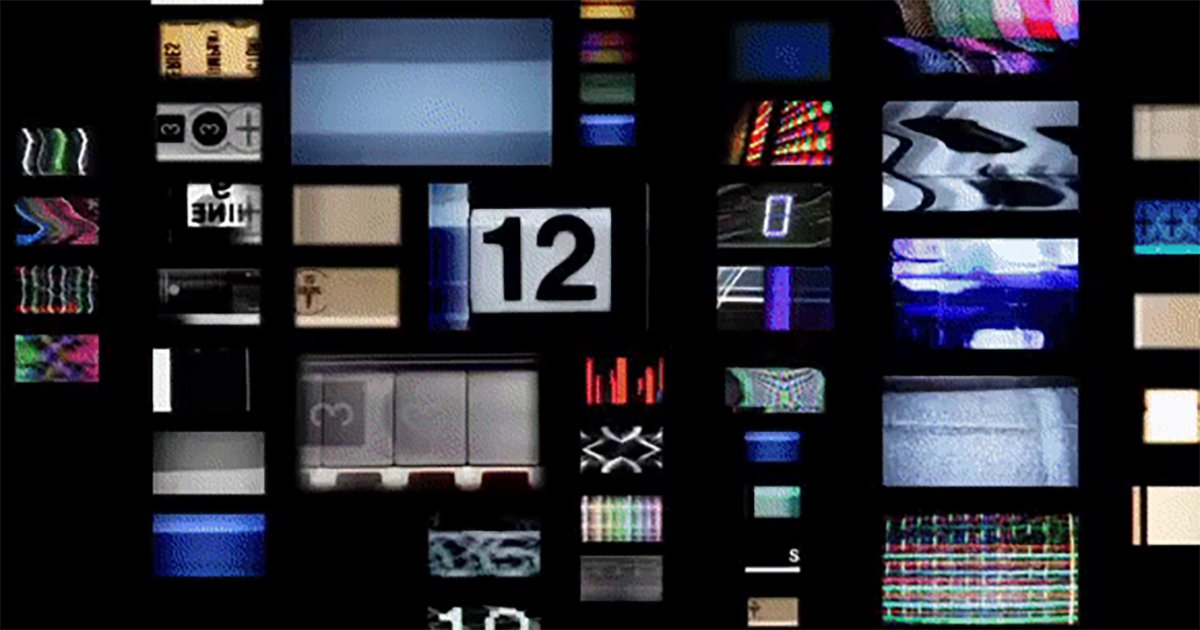
TL;DR
- ATSC 3.0 benefits consumers. The standard promotes more free content options, as well as better video and audio quality (4K HDR video, better loudness control, and viewer-adjustable dialogue).
- For broadcasters, NextGen TV offers enhanced data and more monetization opportunities. That means the FCC needs to think about privacy protections and regulation.
- The FCC approved the ATSC 3.0 standard five years ago. As of October 2022, ATSC 3.0 has been commercially deployed in 50 markets in the U.S. The adoption has been market-driven, not mandated.
- NextGen TV is not backwards compatible. 🙁 The first ATSC 3.0-compatible TVs sets hit the market in 2020. In 2023, four different manufacturers are expected to offer 120 ATSC 3.0-compatible TVs.
- FCC Commissioner Geoffrey Starks thinks the FCC has a role to play in promoting ATSC 3.0 adoption and in regulating how broadcasters can use data collected from viewers.
In case you were wondering, or worried, broadcast TV has a future. Federal Communications Commission Commissioner Geoffrey Starks is betting that future relies on ATSC 3.0.
Starks addressed the topic in a speech to UPenn’s Carey Law School Center for Technology, Innovation and Competition.
ATSC 3.0 Gives and Gets
ATSC 3.0 means 4K HDR content is standard.
Hate loud commercials and unhearable dialogue? Rejoice in what ATSC 3.0 (and the incorporation of the Dolby AC-4 standard) hath wrought: “consistent loudness across programming from multiple sources, and viewer-adjustable dialogue enhancement,” as Starks put it.
Love options? Again, ATSC 3.0 has your back. It enables broadcasters to provide on-demand content — plus interactivity.
Geotargeting also means broadcasters can experiment with hyper-local news and improved delivery of emergency alerts. They can also broadcast the same content in a second or third language to better reach viewers in certain regions.
Starks noted that ATSC 3.0 also promises a new opportunity for broadcasters: a fulsome way to gather data on viewer habits. Before ATSC 3.0, broadcasters “obtain audience information from third parties, such as Nielsen, and may collect some personal information from contest entrants, or through their apps and websites.”
Notably, “you don’t have a contractual relationship with channel 4 the same way you do your cable or internet service provider.” Additionally, Starks says, “I don’t see a viewer choosing to change the channel because they think channel 9 has a better privacy policy than channel 7, nor should that obligation be placed on him or her. Broadcast television is a part of the community, a part of the local information ecosystem. Broadcasters are stewards of the public interest, and must keep those obligations in mind as they move forward.”
Additionally, Starks said, “Secondary uses of data—that consumers aren’t aware of, and can’t even contemplate—have generated some of our biggest concerns in recent years, and give me the most pause.”
Nonetheless, the FCC regulates what can be done with the information gathered by phone, cable and internet providers. It makes sense that the commission also have oversight over the data broadcasters collect and use.
The benefits of ATSC 3.0 also raise the level of responsibility broadcasters should feel; they will have to safeguard that information and utilize it reasonably. The broadcast industry must also work to ensure equity, fulfilling its commitment to serve all Americans in return for access to the airwaves.
We’ve Come So Far on Our Own
Starks applauded the rate of market-driven, voluntary adoption of the standard since it was approved by the FCC five years ago.
As of October 2022, ATSC 3.0 has been commercially deployed in 50 U.S. markets.
The first ATSC 3.0-compatible TVs sets hit the market in 2020. In 2023, four different manufacturers are expected to offer 120 ATSC 3.0-compatible TVs.
But he noted that there are challenges to further progress because ATSC 3.0 is not backwards compatible. Not every American can or will buy a new TV in the near future, which means that they are not able to take advantage of ATSC 3.0 programming and accompanying benefits.
Until a critical mass of ATSC 3.0 adoption is reached, broadcasters will have to provide dual service (continue ATSC 1.0 digital TV and experimental ATSC 3.0 programming).
Because of this and the benefits of ATSC 3.0, “Broadcasters should be highly motivated to promote widespread adoption of 3.0 equipment,” Starks says.
Let’s Cross the Finish Line
Starks posits a middle-ground technology solution to bridge the gap until U.S. consumers and TV manufacturers are all on the ATSC 3.0 bandwagon. He suggests the consumer electroncis industry might develop “low-cost converters or dongles,” as they did to make standard televisions into smart TVs.
Wearing his FCC commissioner hat, Starks also questioned the commission’s role in driving innovation. He asked, “Is there perhaps an effort for the FCC to lead here, as we did in developing a Congressionally mandated digital transition equipment subsidy program, or using our role as the regulator of television equipment? Let’s get creative. I want to hear the industry’s ideas here.”

